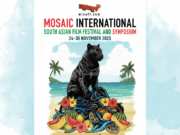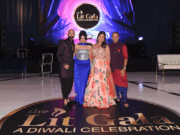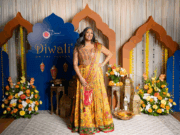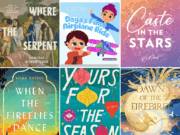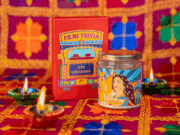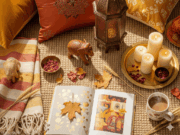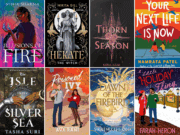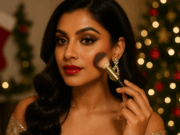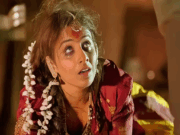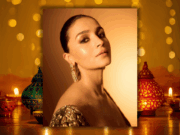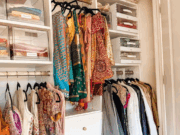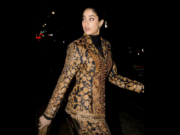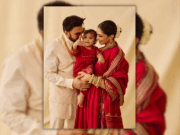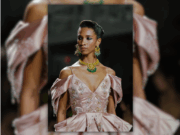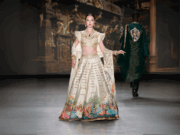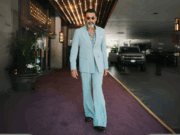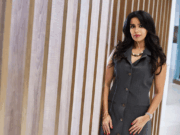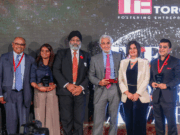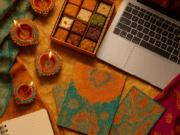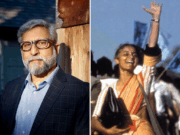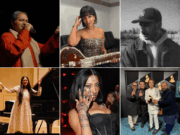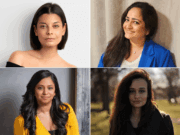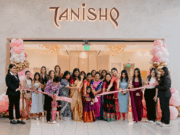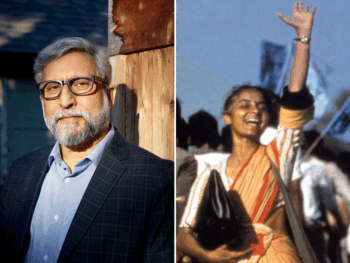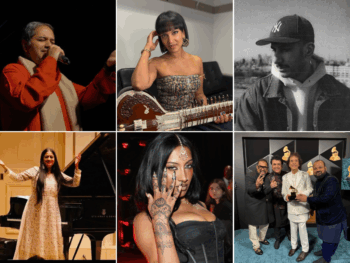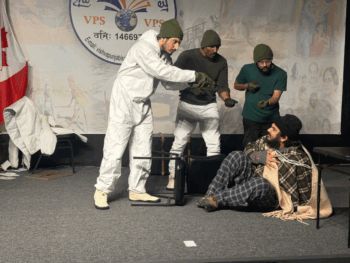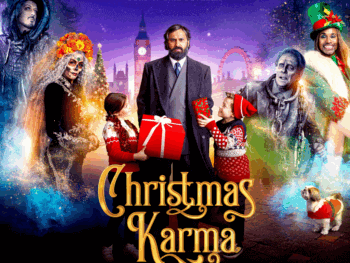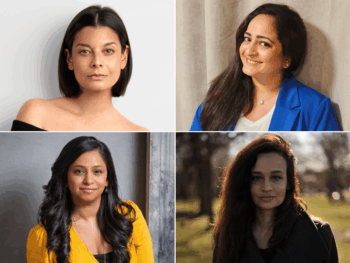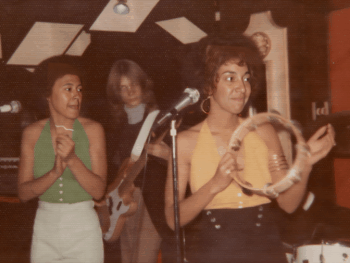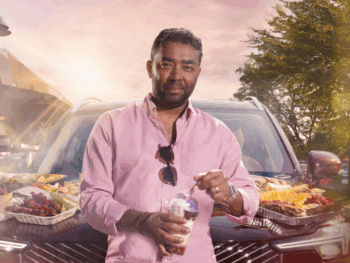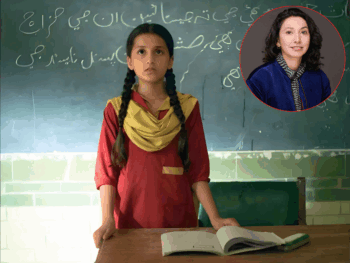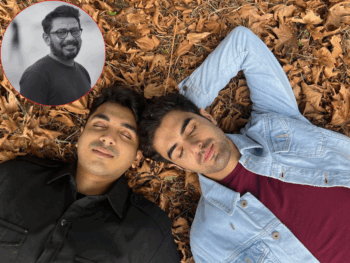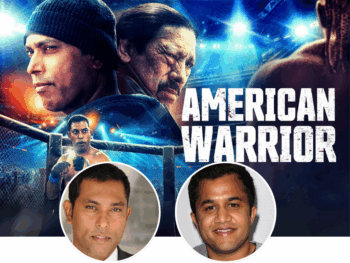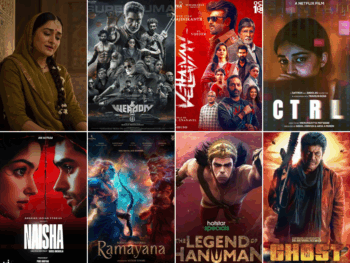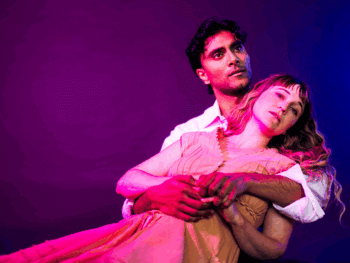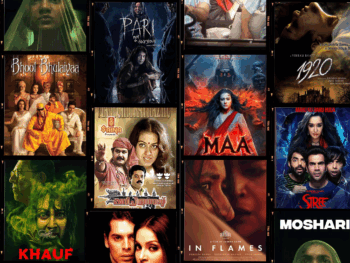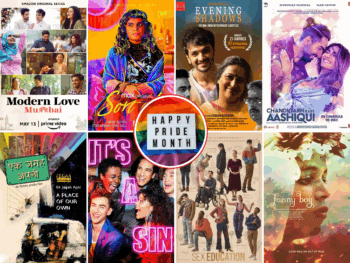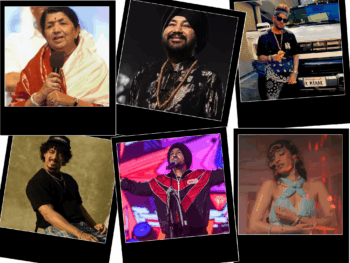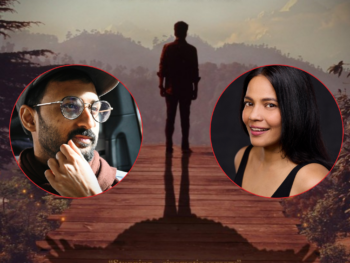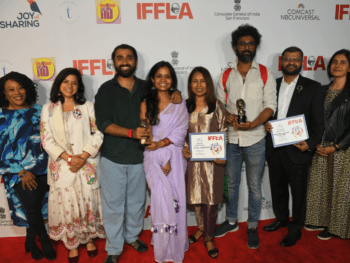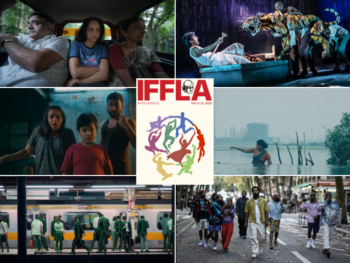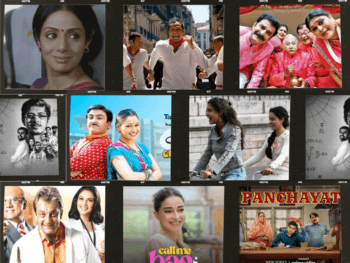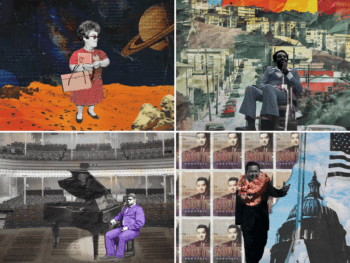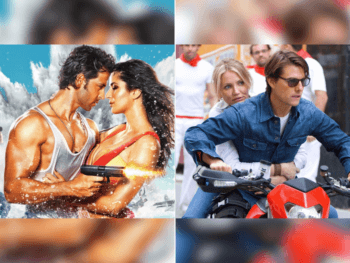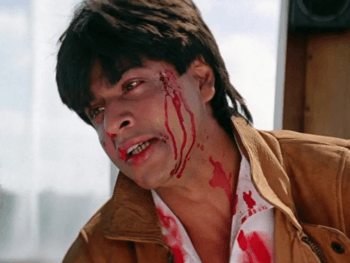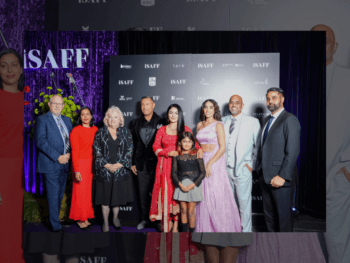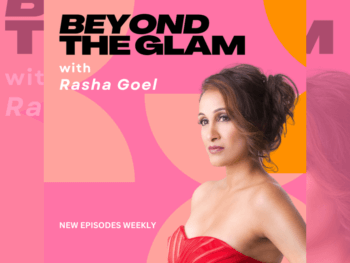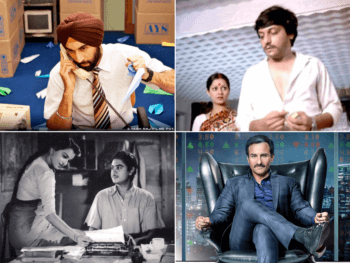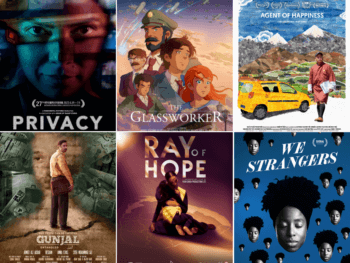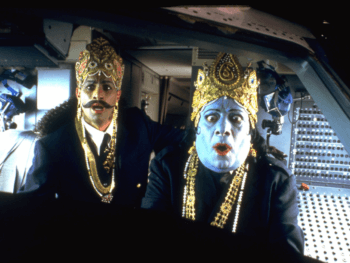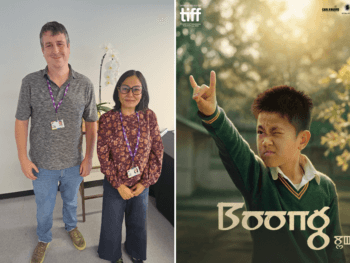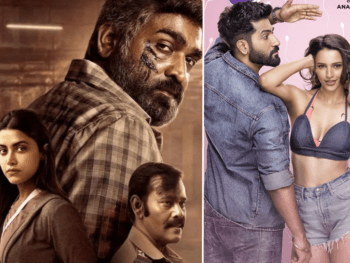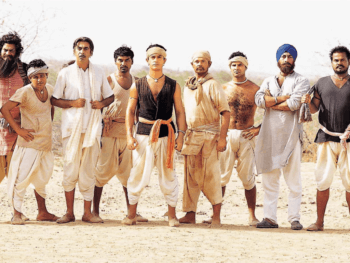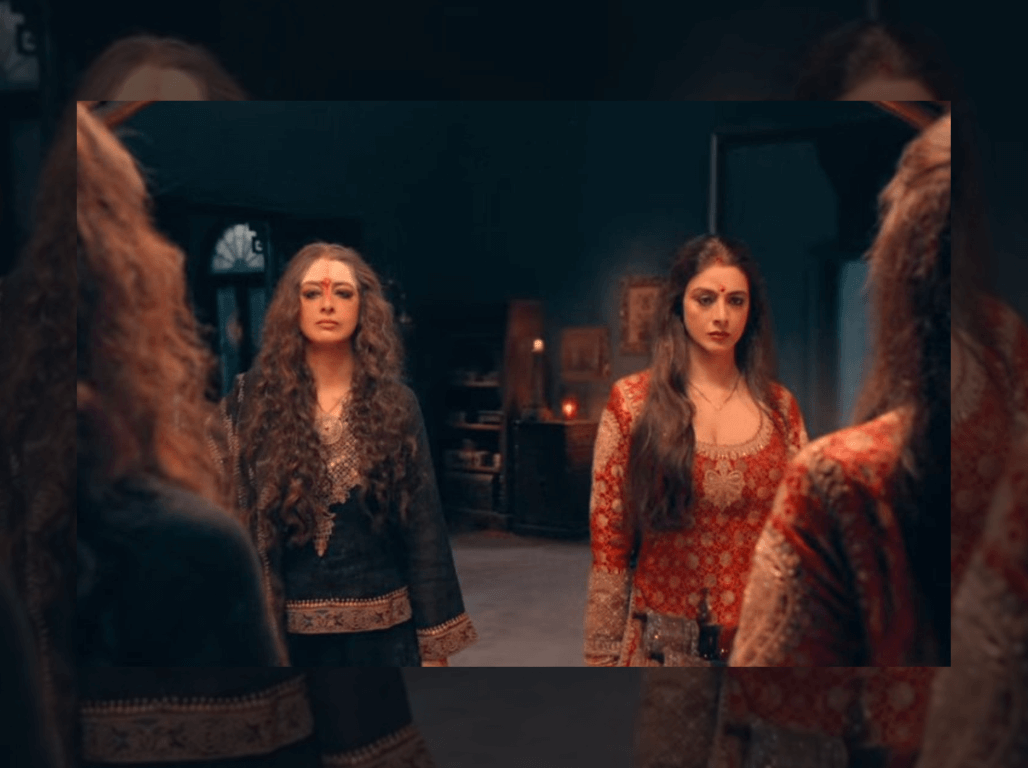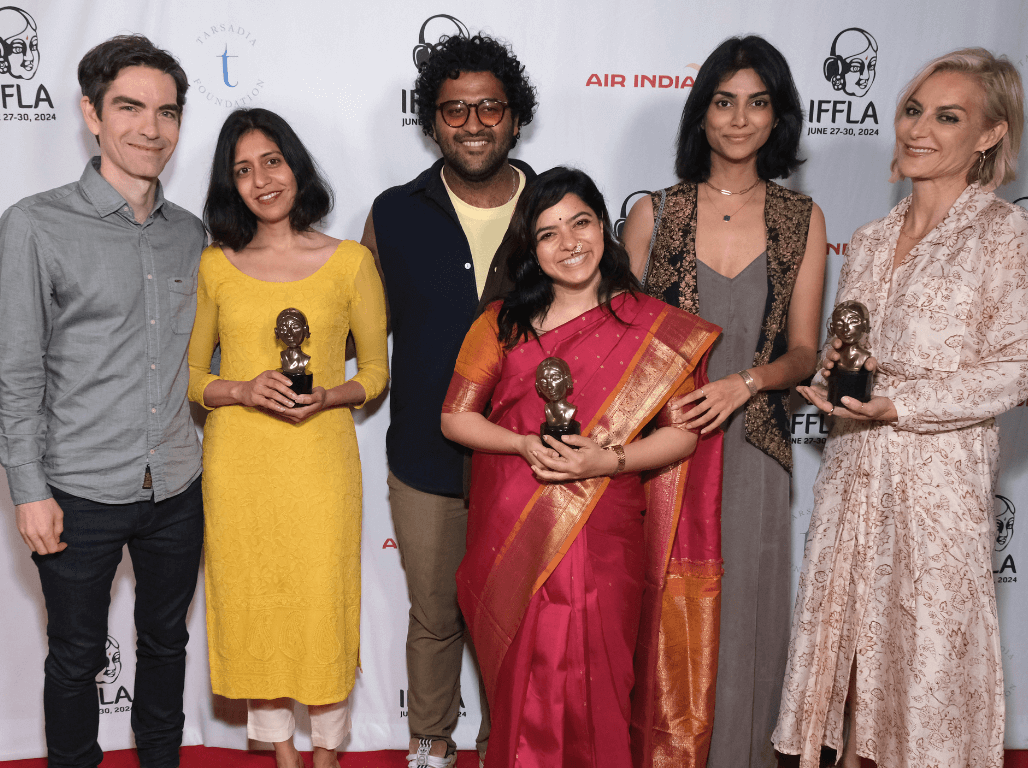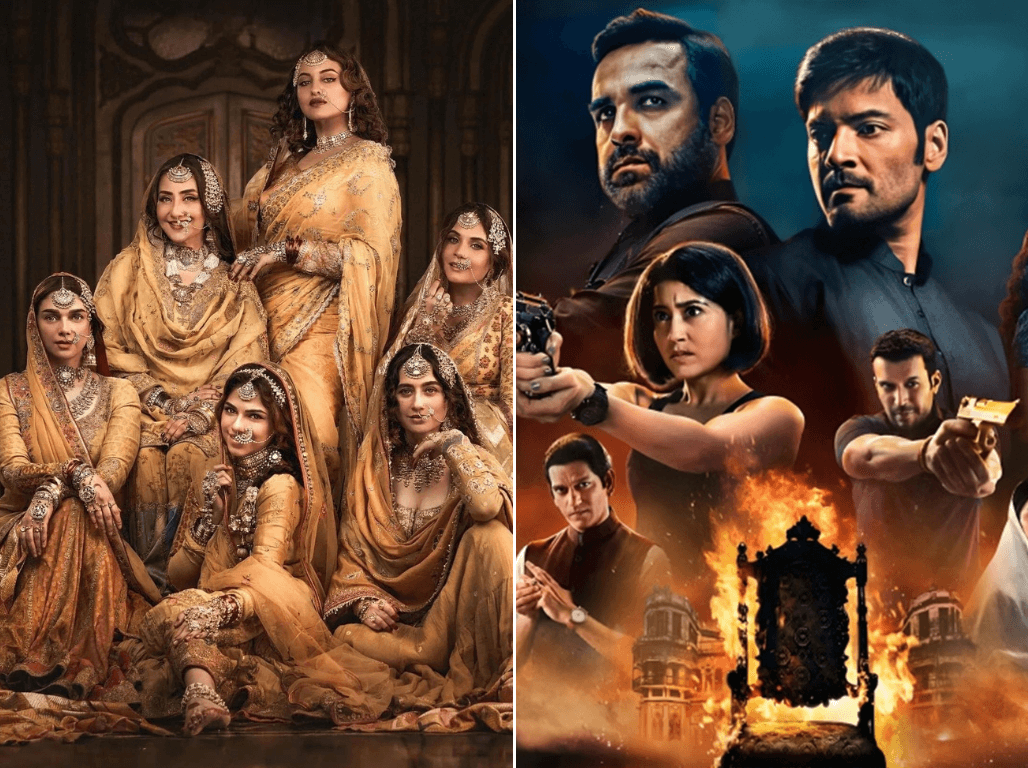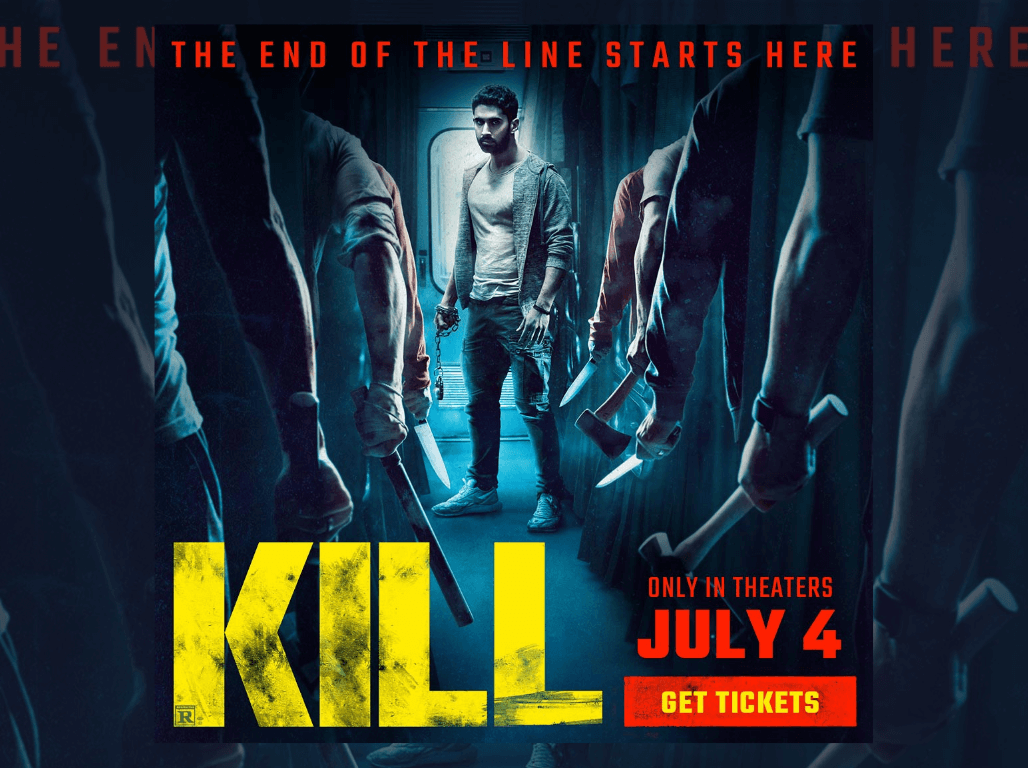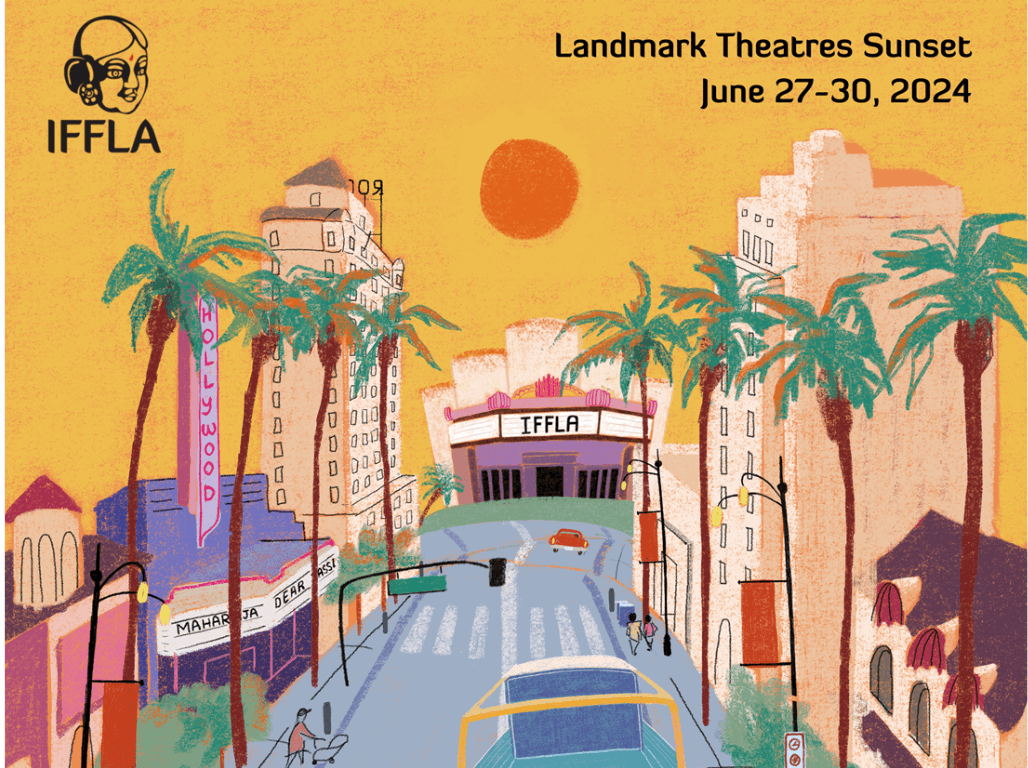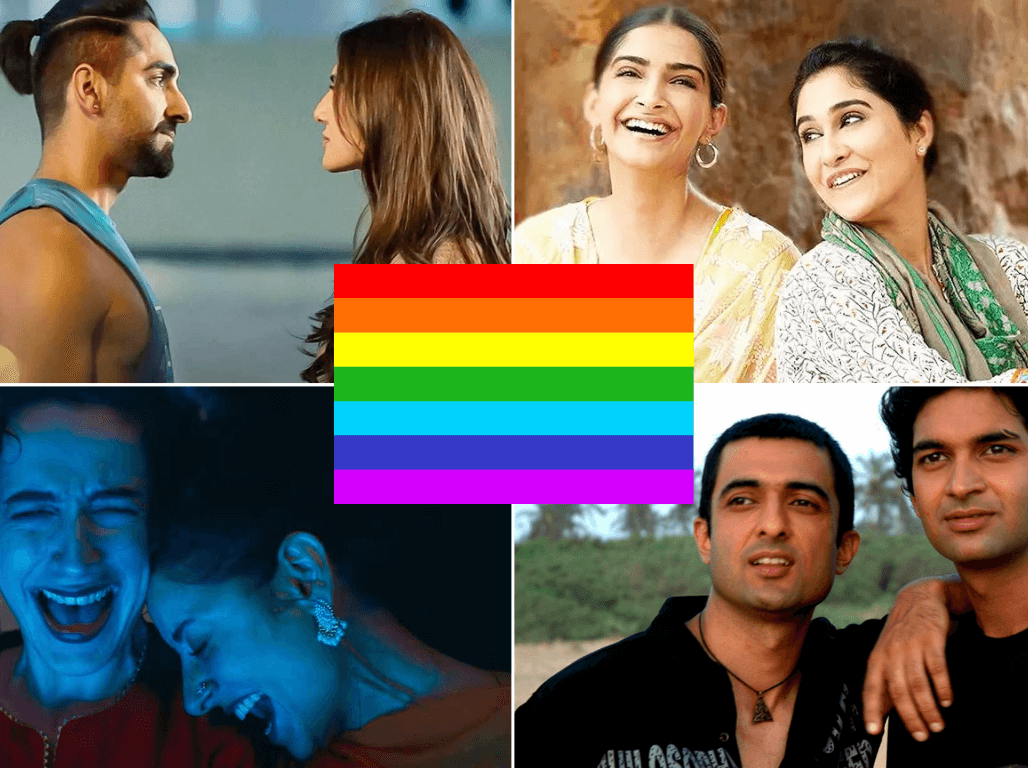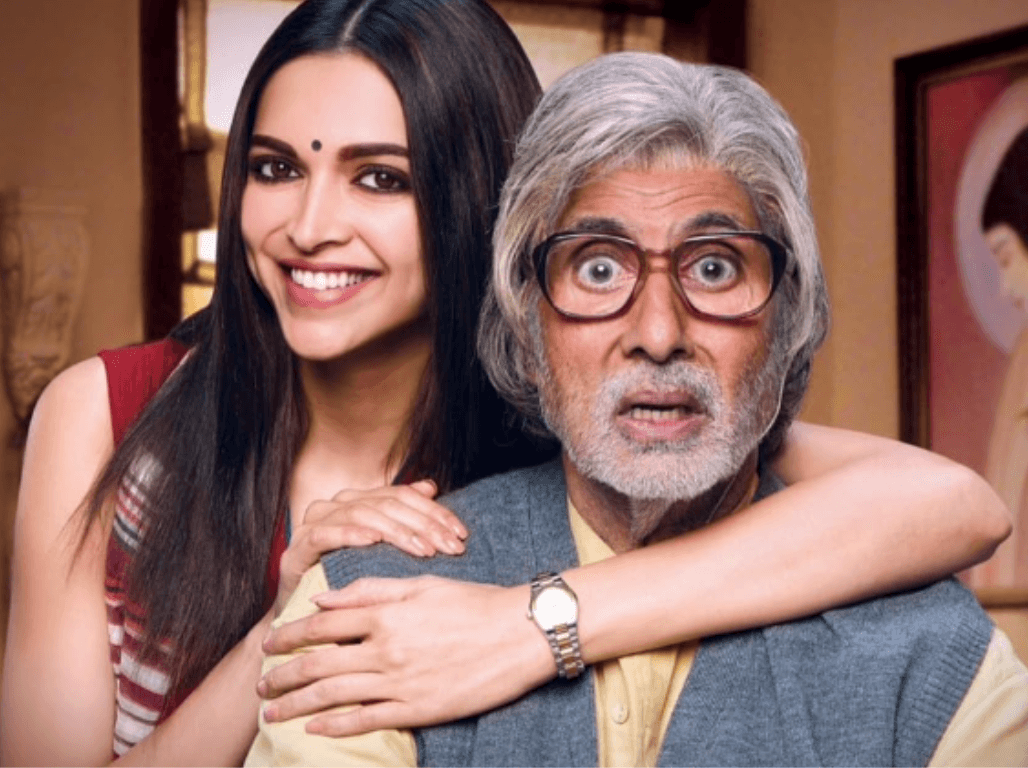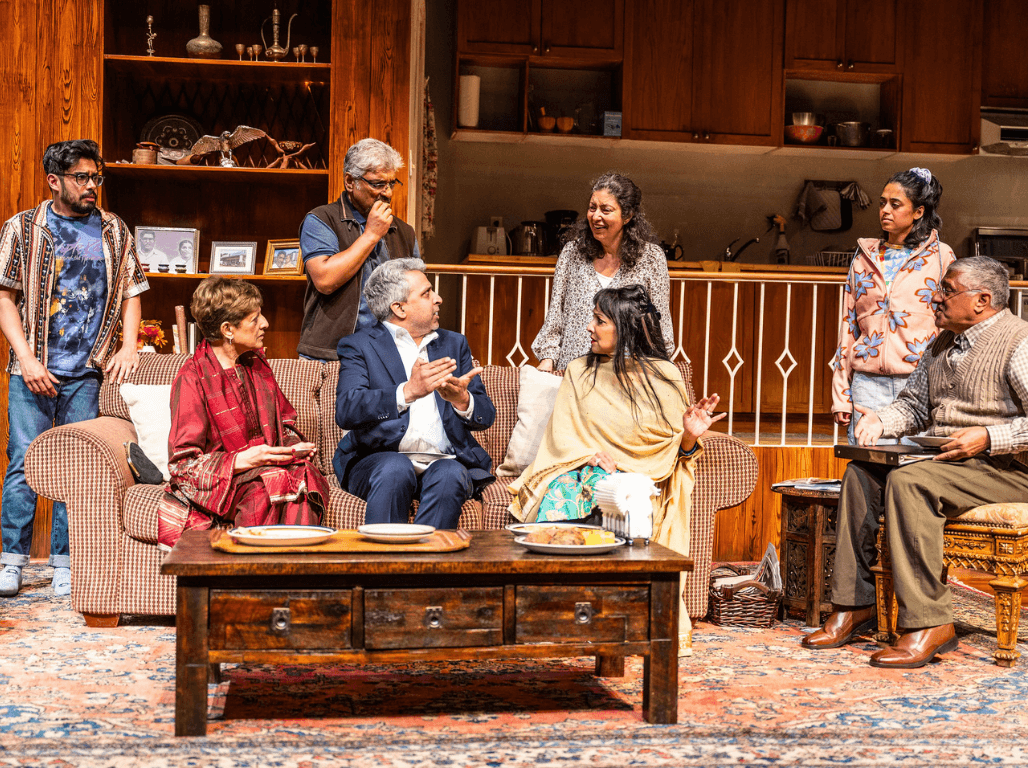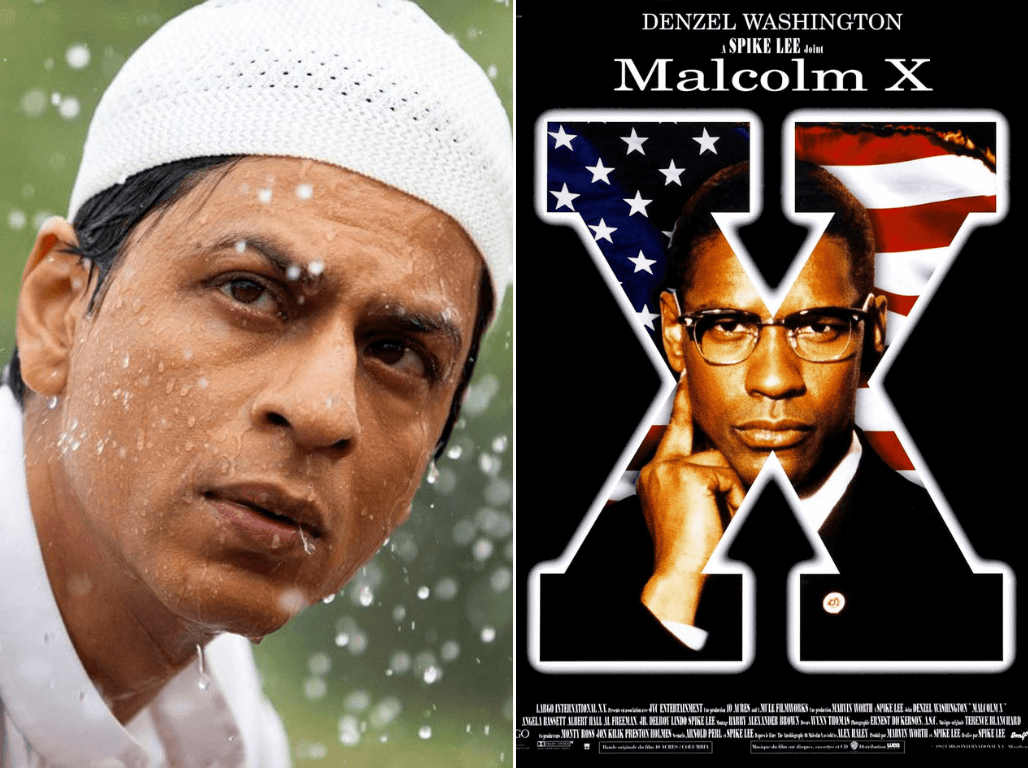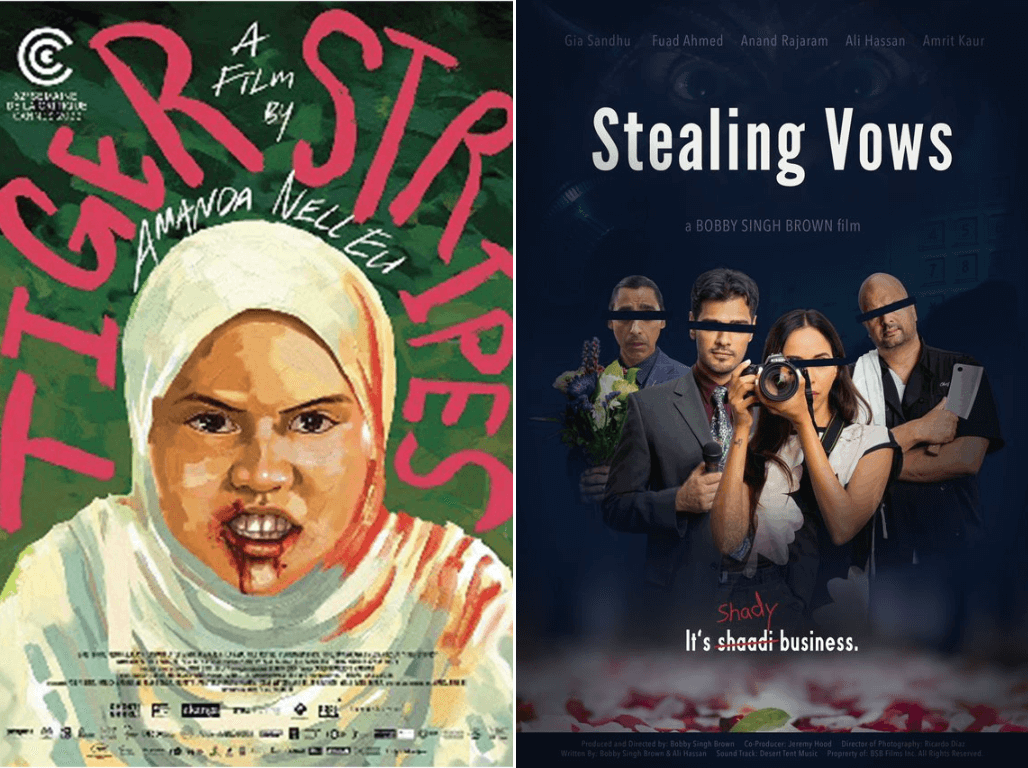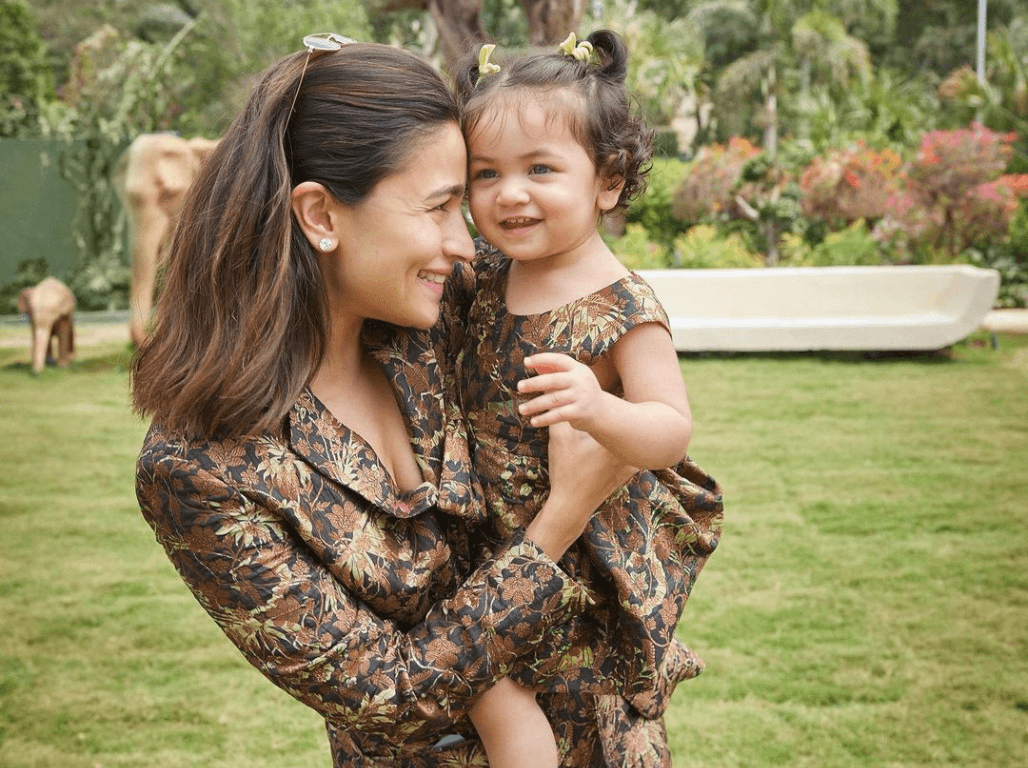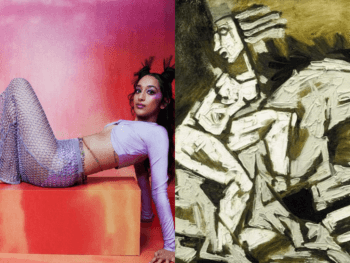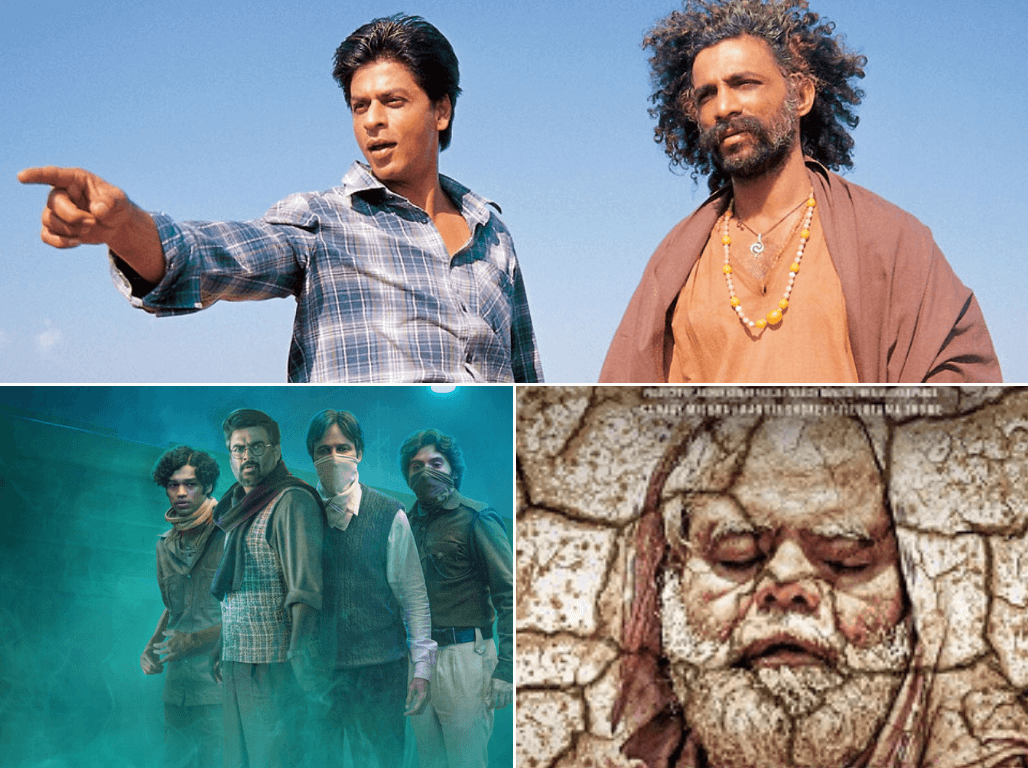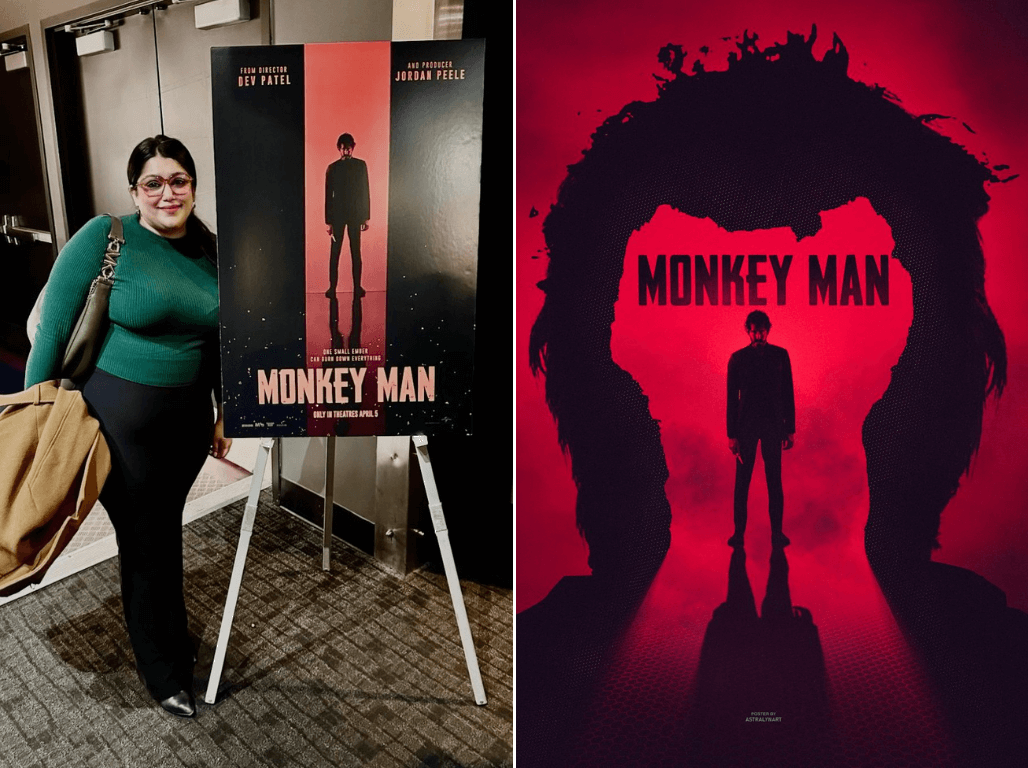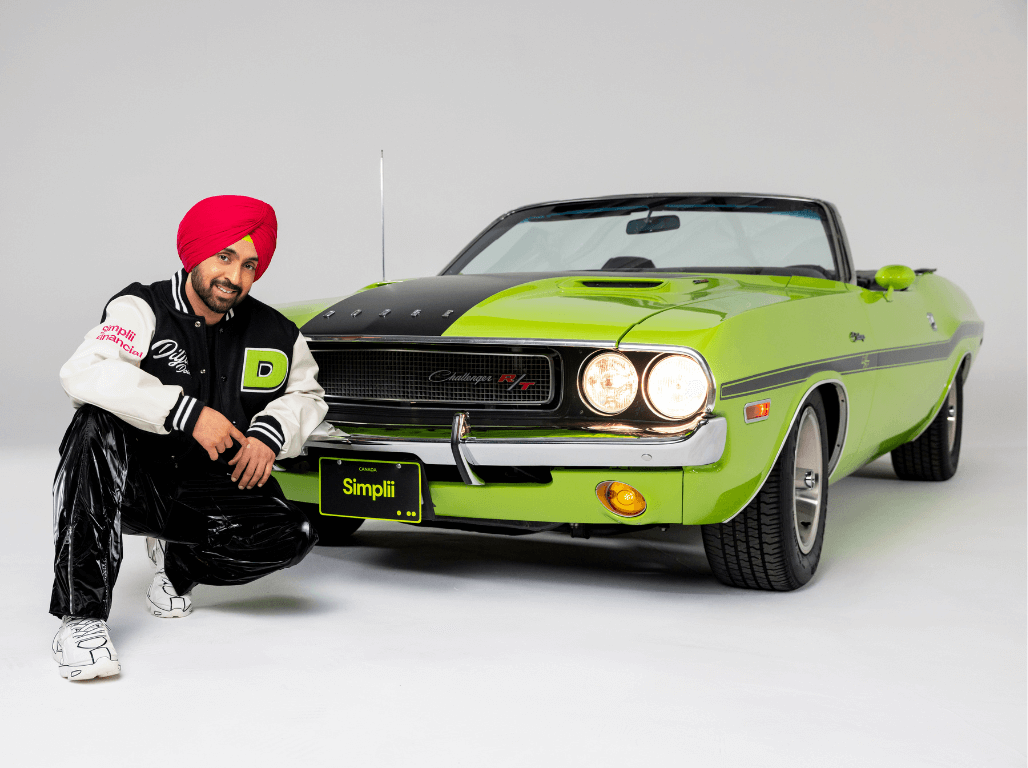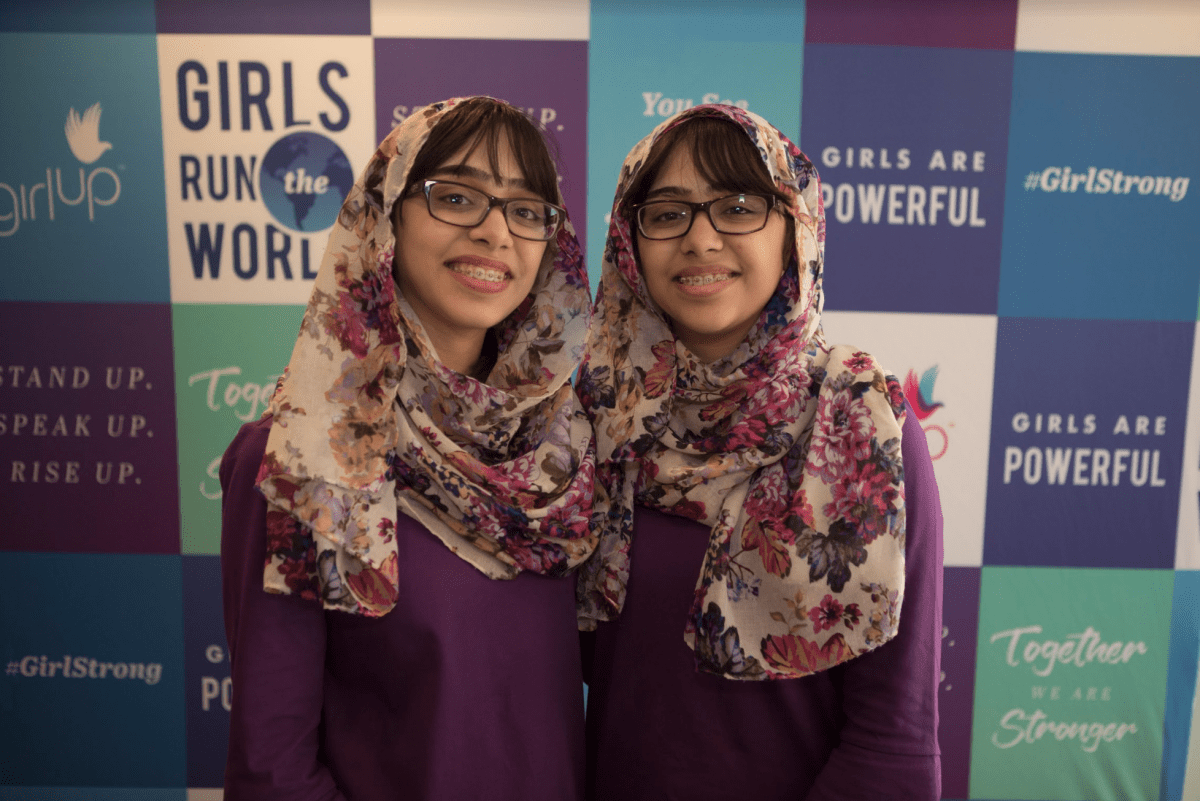
It’s Our Time: Disney And The U.N. Challenge Young Female Filmmakers To “Dream Big” For Gender Parity
Entertainment Nov 09, 2018
“Dream Big, Princess” gives 21 girls from across the world the tools and guidance to make movies and effect change.
It’s no secret that women are severely under-represented in film industries around the globe, and the deep-seated institutional biases that have led to this imbalance are difficult to uproot. The United Nations’ empowerment-oriented Girl Up movement is partnering with Disney to try and change things. “Dream Big, Princess” gives 21 young female filmmakers from 13 countries the tools, team and platform to make short films spotlighting female trailblazers (including actress Emily Blunt, fashion designer Karen Walker, Lucasfilm studio head Kathleen Kennedy and National Geographic photographer Ashima Narain), in the hopes of inspiring other young women to follow their own dreams, in filmmaking and other avenues. The films are being unrolled here from October 10-November 20, and each like or share of a #DreamBigPrincess video will result in a $1 donation to Girl Up from Disney.
Two of those aspiring filmmakers are 17-year-old Pakistani-Canadian twins Maryam and Nivaal Rehman, from Whitby, Ontario. Recently, ANOKHI spoke with the activism-minded sisters about their “Dream Big” film centred on former Liberal Parliamentary Secretary (and current Whitby MP) Celina Caesar-Chavannes, what it was like interviewing Justin Trudeau and Malala Yousafzai for their YouTube channel, and how to effect “real change.”
Matthew Currie: Has your drive for journalism and activism been there from the beginning?
Maryam Rehman: We were born and raised in Pakistan until we were five. Our grandmother was a very big influence. She had donated some land in our village to create a girl’s school. We were eight years old at the time, and then we heard the girls were going to quit school when they reached Grade 5, which was really, really shocking for us. Over the next five years, when we went to Pakistan, we’d work with those girls and try to encourage them to [pursue] their education. It wasn’t easy because when we were talking to their parents especially . . . we were just little kids telling them to do this thing. So at times it was hard to be taken seriously, but by 2015 we went back again and learned that some of the girls were going to high school, which was super-exciting. We thought that we could continue this work globally. And so we started getting involved in a lot of clubs at school and then we found out about Girl Up and we’ve been working with them ever since.

MC: One thing that jumped out at me from your YouTube channel, The World With MNR, is the notion of “real change.” Can you delve into that?
MR: We believe that the way that you can create change is if you go out into the field and get involved and meet these people in real life. And that’s something not everyone gets the chance to do, but volunteering in your community and getting out there and learning for yourself what these problems actually are instead of hearing them on the news, that’s something we really believe in. So the way that we do our media and our YouTube channel is we try to inspire other youth by showing the experiences that we’ve had in trying to make a difference and trying to inspire them to do the same in their communities and actually take action. When we worked with the girls in our village in Pakistan for example, we found out firsthand specifically what those girls in that village faced, which is not necessarily what other girls around the world faced. In that village, while it may seem like all the girls are oppressed and their family doesn’t want them to have freedom, that wasn’t the case. The families were poor and they felt that the girls could help them in that moment by going out there and getting jobs and being paid for whatever little labour they would do, instead of actually going on to high school.
We wanted to change that mindset and tell them they could actually change the cycle of poverty if they went on to high school and university and got proper jobs. Our job basically was just putting it out there what that education would do. We try to bridge the gap between the media just telling people about problems in the world and giving them a call-to-action to do something about it.
MC: Your “Dream Big” film is focused on Whitby MP Celina Caesar-Chavannes. What specifically did you want to achieve with it?
Nivaal Rehman: She was just an amazing community speaker and we wanted to share her story specifically and show how “politics” doesn’t necessarily mean the typical politician . . . we wanted to show how anyone who has the willpower and the belief that they want to make a difference, we wanted to show them that it was possible. Celina is a such a diverse and different type of politician and the fact that she represents so many women and girls and people and minority groups inside the Parliament is what we wanted to show people around the world. We wanted to show that the people who are making decisions here in Canada are from all sorts of different backgrounds.
MR: She didn’t have a career in politics and then she comes in and she was still successful. It shows little girls who are going to be watching this and honestly anybody who’s going to be watching this that there’s limitless possibilities. It’s a tough career but she pursued it and because of her passion she made a difference and represented the people she’s governing.

MC: Women are still so under-represented in the film industry across the world; what does it mean to you to be a part of a movement to change that?
NR: We definitely need more female filmmakers in the industry now . . . In order for the right messages to get out there that are representative of our whole population, our culture and our society, we need more women out there, because that provides a whole new perspective to the story and a changing narrative about a lot of different things, like women’s rights and what women can achieve.
MC: Before “Dream Big” came along, you actually got the chance to interview Malala Yousafzai and Justin Trudeau. Was that a little bit mind-blowing?
NR: We were doing a screening of [2015 documentary] He Named Me Malala, and we wanted to get someone from the Malala Fund to come in and do a Skype discussion afterward. And they looked at our social media and they wanted to meet with us before the event and find out about our story. We talked to them, the event went great, and then a week before Malala was coming to Ottawa, they asked us if we wanted to come down and interview Malala and Prime Minister Trudeau, which was incredible, right? We were just so surprised that they would choose us out of all the girls in Canada. It was an incredible experience, meeting two of our gender-equality heroes and being able to talk to Malala about high school in general and how her studies were going and just normal things that teenagers discuss.

MC: Did you get to know the other girls in the “Dream Big” program?
MR: I think the best and most surprising part of this process . . . the application was pretty small, it was 300-word essay or 30-second video, and the girls Disney chose were such perfect girls. We met them in Washington and we were able to spend four days with them at the Girl Up leadership summit and then also at our Disney workshop, and we’re automatically best friends. We have a WhatsApp group that’s been going on since then, and we say how we’re going to beat the world record for longest-running WhatsApp group. Because they’re just such great girls and we have such like-minded opinions that when we meet with each other, even though we’re from such different walks of life and we bring such different perspectives to the table, we’re able to communicate and connect in a way we never thought was possible.
MC: I understand you also got a trip to Disney World out of this?
NR: Yeah, for sure. When we were in Washington, they would tell us . . . “There’s a surprise.” This was in July, when we were first starting the project. So all the girls were like, “Oh, are we going to Disney World?” And they were like, “No, you’re not.” And then afterwards, when we got through our shoot and everything, one day, I think it was in September, they sent an email like, “You’re going to Disney World.” And everyone was so shocked and messaging each other. It was just an incredible experience when we went to Walt Disney World, because we got to experience magic, but also the fact that we were able to go behind the scenes and see how it works and experience it with all these girls and these incredible people from Disney and Girl Up, it was just magical.
Main Image Photo Credit: Girl Up
Matthew Currie
Author
A long-standing entertainment journalist, Currie is a graduate of the Professional Writing program at Toronto’s York University. He has spent the past number of years working as a freelancer for ANOKHI and for diverse publications such as Sharp, TV Week, CAA’s Westworld and BC Business. Currie ...





